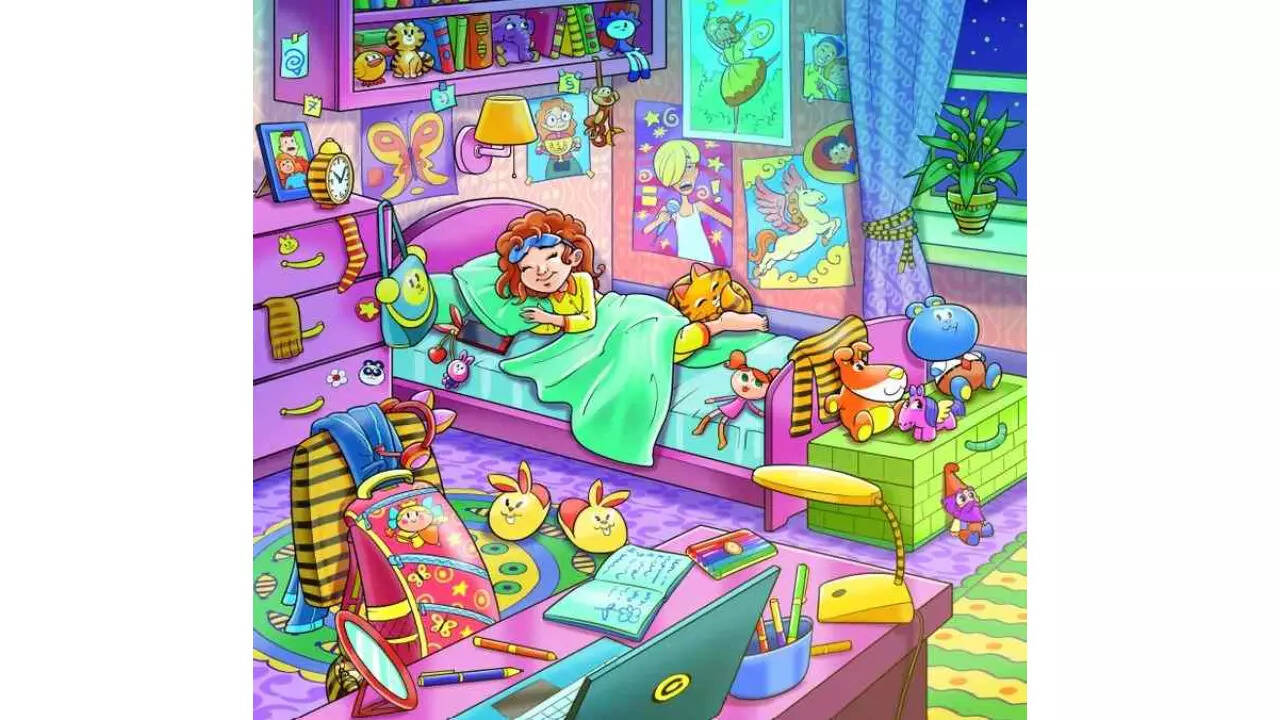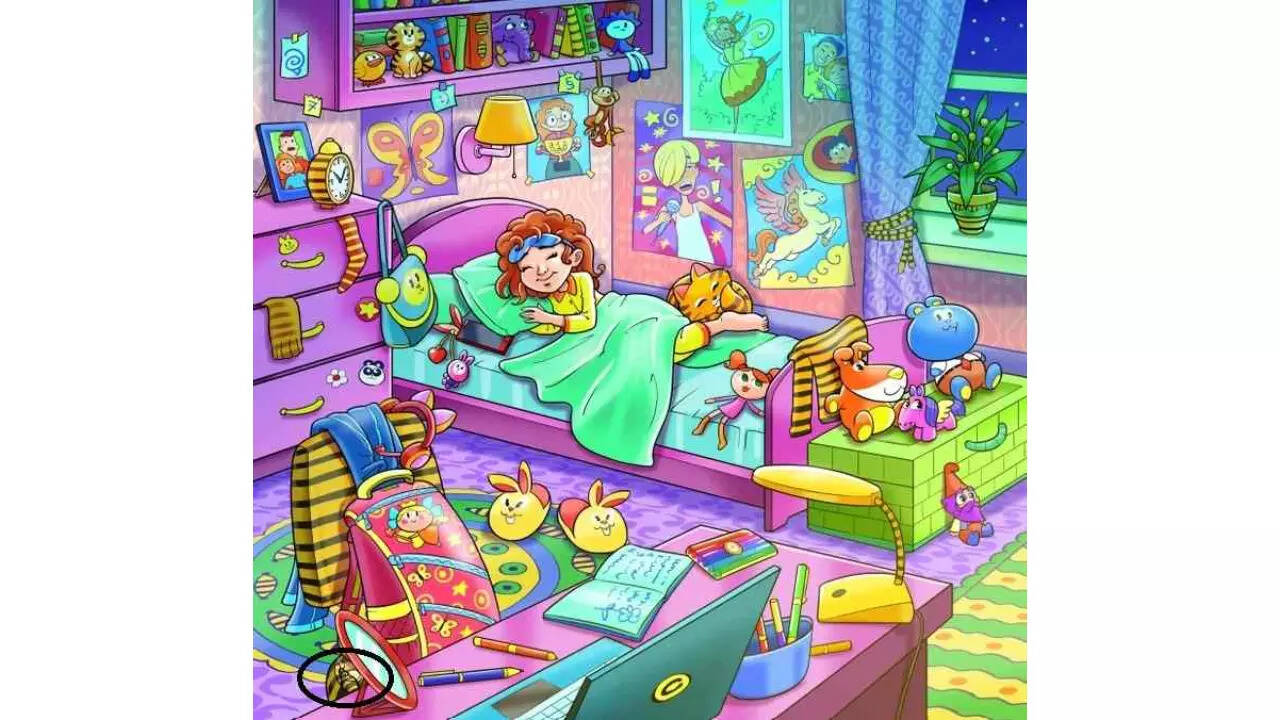
Our brains perceive things differently. It is often said that nothing is inherently good or bad; it's our thoughts that shape our judgments. Thus, presenting ourselves with optical illusions is a creative way to demonstrate how our brains can quickly create false perceptions of images.
It's essential to practice various types of optical illusions, including physiological, physical, and cognitive ones. Psychoanalysts have long studied optical illusions because they shed light on how viewers perceive things. Now, we bring you an image where a bee is concealed within a girl's bedroom. This image perfectly illustrates how optical illusions work because the bee is hidden right before our eyes.
This image is one of the most illustrative examples, depicting a little girl's bedroom with scattered toys, celebrity posters, lamps, and a window on the right-hand side. So, are you ready to find the bee? You have only 15 seconds. Ready? Get set, go! 15... 10, 9, 8, 7, 6, 5, 4, 3, 2, and 1. Time's up!
So, were you able to find the bee? If yes, congratulations! You have excellent observational skills. If you can't spot the bee, don't worry; we're here to help!
Here is the image with the bee encircled:

Now, we understand that it was challenging to locate the bee because it was cleverly camouflaged among the room's clutter. To enhance your observational skills, practice as much as possible. Explore brain teasers on our website and quickly surpass others.
Studies indicate that solving brain puzzles can make you more adaptable and improve your creative thinking. So, give it a try and attempt various other puzzles on our website!







